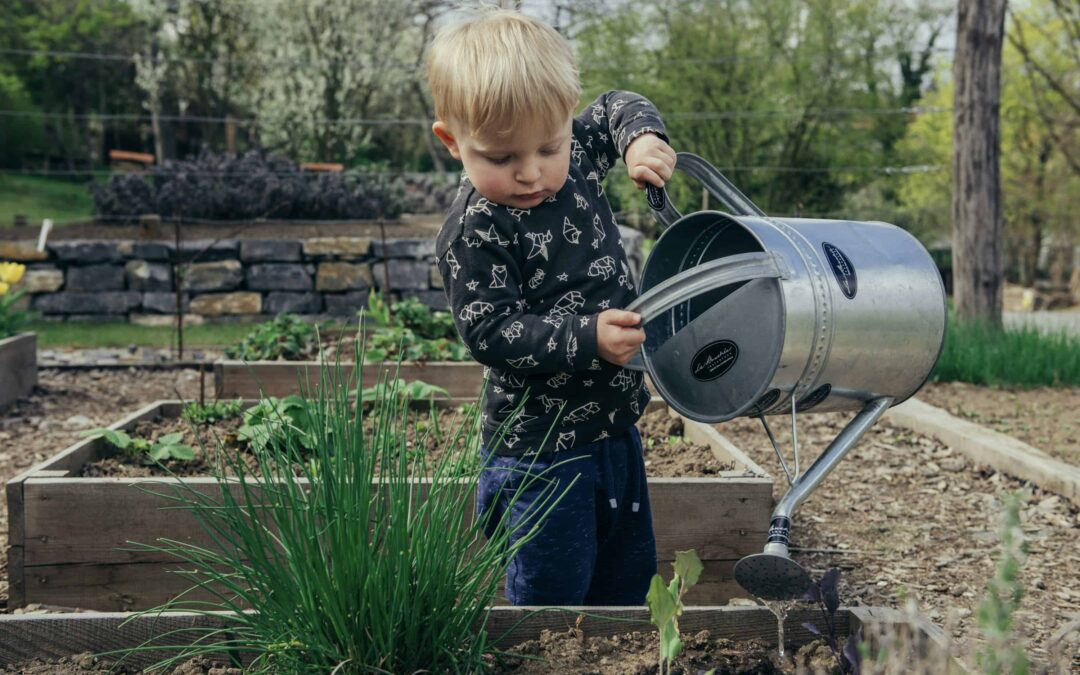Gardening is one of the most rewarding ways to make use of your outdoor space. It not only enhances curb appeal but also provides fresh produce, encourages pollinators, and creates a peaceful retreat right at home. To get the most out of your efforts, understanding how to garden seasonally is key. Each season brings unique challenges and opportunities, and with the right approach, you can keep your garden thriving all year long.
Stay Prepared with the Right Supplies
A major part of successful seasonal gardening is preparation. Timing matters when it comes to sowing seeds or transplanting, and having the right varieties on hand when the season changes makes a big difference. A great way to stay stocked and inspired is by signing up for a monthly seed subscription. These subscriptions deliver a curated selection of seeds right to your door, helping you discover new plants and keep your garden evolving with the seasons.
Spring: The Season of New Beginnings
Spring is when your garden wakes up. As temperatures warm and daylight increases, it’s time to focus on planting cool-season vegetables like lettuce, peas, and spinach, as well as starting warm-season crops indoors. It’s also a good time to prune trees and shrubs, test your soil, and prepare garden beds with compost.
Mulching early helps retain moisture and prevent weed growth. Flowers such as daffodils, tulips, and pansies add color and attract pollinators, which are essential for a healthy ecosystem.
Summer: Growth and Maintenance
In summer, your plants are in full swing. Focus on consistent watering, especially during dry spells, and watch for pests like aphids and caterpillars. Deadheading spent blooms encourages more flowers to grow, and regular harvesting of fruits and vegetables helps the plants keep producing.
This is also a good time to plant fast-growing crops like radishes and bush beans, or succession plantings of lettuce and herbs. Providing shade for sensitive plants and mulching to keep soil cool can help prevent heat stress.
Fall: Planting and Planning Ahead
Fall is ideal for planting cool-season crops like kale, carrots, and garlic. As the weather cools, it’s also a good time to divide perennials, plant spring-flowering bulbs, and add mulch to protect soil during the colder months.
Use this season to reflect on what worked and what didn’t. Make notes about plant varieties, bloom times, and overall layout. These observations will guide your choices for the next growing season.
Winter: Rest and Preparation
While winter often means a break from active gardening, there’s still plenty to do. Clean and sharpen your tools, browse seed catalogs, and sketch out your garden plan for spring. Indoor gardening is another way to stay connected to your plants—grow herbs on the windowsill or tend to houseplants that brighten up indoor spaces.
If you live in a milder climate, you may still be able to grow hardy vegetables like spinach and certain root crops. Cold frames and row covers can extend your growing season and protect young plants from frost.
Final Thoughts
Gardening with the seasons helps you work with nature, not against it. By understanding the rhythm of the year and planning accordingly, you’ll enjoy better results and a more satisfying experience. Whether you’re just getting started or have years of experience, adapting your gardening practices to each season keeps things fresh, manageable, and fun.
Start small, experiment with different plant types, and consider convenient ways to stay equipped throughout the year. With a little planning and patience, your garden can be a source of beauty and joy no matter the month.

Recent Comments